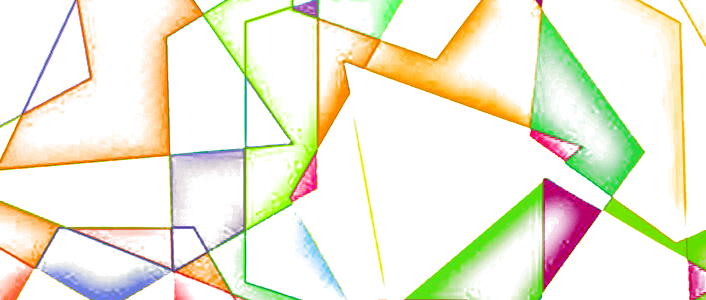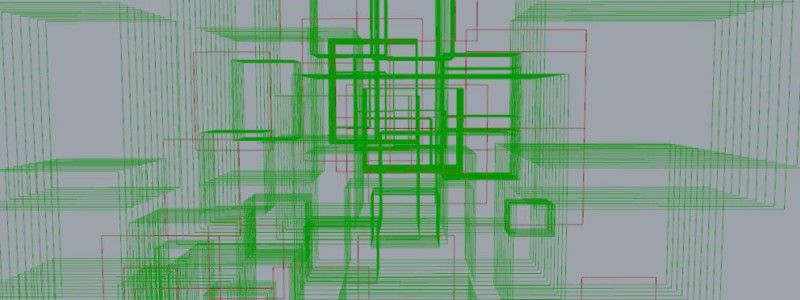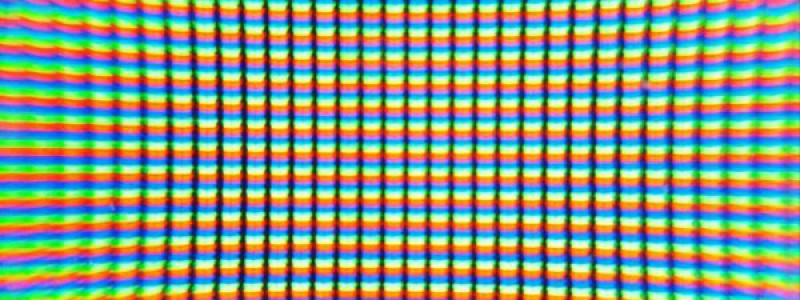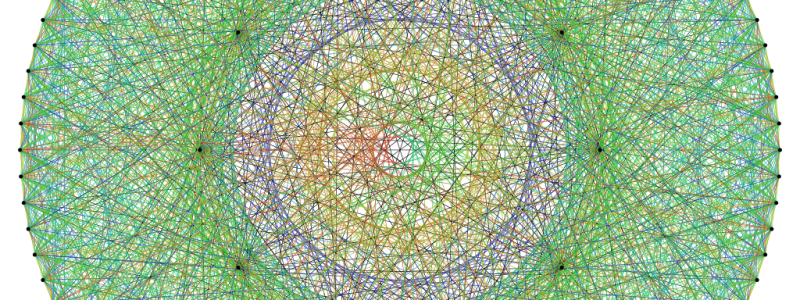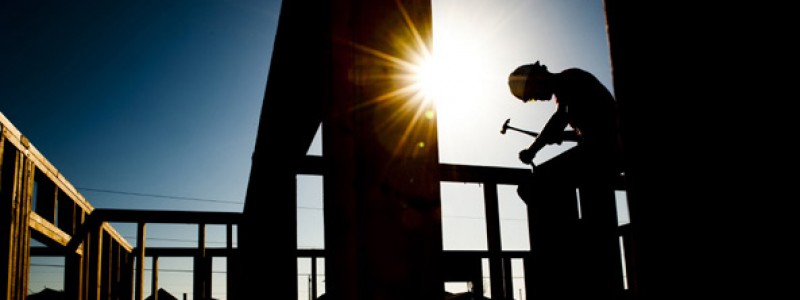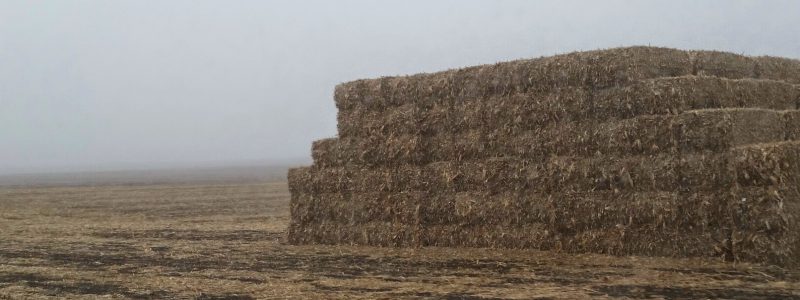It has been years since I have updated this blog. Multiple times over the years I have started to write new posts, but realize part-way through that some of the information is obsolete or I have discovered a better way, so I never end up publishing. Now that AI is on the cusp of taking over many different industries, I may need to pivot my skillset shortly. I need to document more of what I do so that I can better communicate my capabilities across some of the tools available to architects and engineers. This post will summarize the path…
Setting Boundaries
A part of computational design that interests me is eliminating, or minimizing, repetitive actions in a workflow. Something simple and frequent that I encounter in AutoCAD is a shift in a wall’s position; an inevitability. If additional drawings exist that are based on the position of walls, then all related drawings must be updated to conform to the changes. Rather than working with drawings that have line work that is disconnected, I prefer to work with and setup drawings that are interdependent, tied together with geometric and design logic.
Archbot: Get Fit
In the past few weeks I have done a lot of reshuffling of Archbot, with a near complete overhaul of the code. It has changed to be more elegant, efficient, and flexible, with the core concepts still intact. I am using Google’s Flux to help divide many of the tasks among a collection of GH files, separating processing that responds to fixed variables (building program) from processing that responds to design inputs (adjacency, perimeter, directional placement, etc.). This allows the algorithm to respond to real-time inputs with greater ease, a necessity I have mentioned before.
Archbot: Show & Tell
My initial approach to generate floor plans in Rhino + Grasshopper was to divide a given perimeter into containers, and pack them with satisfying combinations of rooms. Researching tiling and bin packing has helped greatly, along with methods in computational geometry. A reductive approach has been very helpful in the preliminary stages of space planning, but much work is yet to be done to refine the algorithm so that a working floor plan is created.
Archbot: Closer Look
As I develop the algorithm, I am often forced back to the beginning of a data stream to see if something more elegant could accomplish the same task. Working alone has given me flexibility to aggressively modify the algorithm in ways that would have faced more resistance in a team setting. I would love collaboration because personal eurekas can be harder to come by, but I have enjoyed the absence of a sunk cost that a team project might exhibit. In the spirit of starting over again, I’d like to cover some of the fundamental aspects to the algorithm.
Archbot: Workflow
A floor planning algorithm could empower designers, but could cease aiding the process in all kinds of ways. CAD has computerized previously analog drafting tools, greatly speeding up the drafting process. Computers, however, are capable of more; specifically, repetitive tasks in computation and analysis. I do not envision that a floor planning algorithm would run autonomously, but that it could provide real-time feedback from designer inputs, complementing the designer’s intuition and creativity with its calculated intuition.
Combinatorial Design
Whether it is chocolate covered strawberries, cafe con leche, or the wonderful assortment of ingredients in paella, the right food combinations can taste so good. Combinations can also provide incredible insight for design and decision making. As I learn more about math, nature, and paella, I gain new perspectives on how they may influence my approach toward design and the process.
Calculated Intuition
Math has changed the way I think about almost everything. It is quite steady, and seems universally applicable. During my undergrad, I realized that while I may only comprehend a small fraction of mathematics, I can grasp the tremendous power to quantify observations, and guide creations. With the development of faster computers, mathematics has become increasingly freed to explore more complex mathematical structures, such as those found in computational geometry and graph theory. It has been my curiosity in these areas, along with my experience in architecture, that has driven me to explore creativity through algorithmic design.
Untapped Energy of Designers
In a similar thread to my last post on the Degrees of Freedom for an Unlicensed Graduate of Architecture, I have thought about the talent and energy of designers that goes untapped, and how they can be mobilized more effectively. Reading articles like this, as well as the resulting comments, gives a bleak feeling of the profession. It provides direction for being noticed against many other talented applicants, but it doesn’t give much direction for many that are still left jobless, or may feel dissatisfied with the work they can get. Many are left wandering, and wondering how to proceed.
Unlicensed Architecture (Iowa)
Many graduates from NAAB accredited universities consider options other than the position of intern architect. For me, the search and application process for a position that will continue my path towards becoming a licensed architect broadens and continues, but evolves. I consider the IDP (edit: now the AXP) process as the primary direction for developing my career in architecture, but I am open to other avenues that may allow me to explore architecture in a more experimental way.

